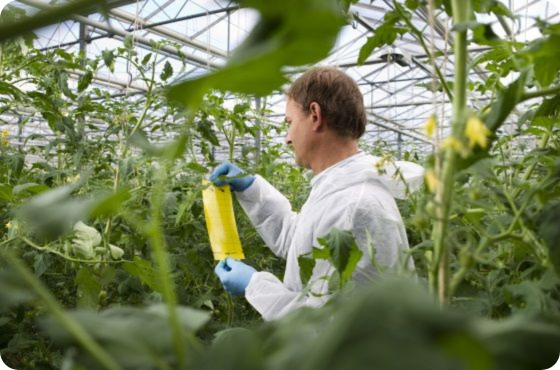Des centaines de produits
Livraison rapide
Service supérieur

The primary goal of integrated pest management is to reduce the resistance to chemical plant protection products. Integrated pest management is alos ecologically friendlier compared to an exclusively chemical approach for pest management.
Starting an integrated pest management approach is about fully understanding the disease and pest situation in your crop. Working with a specialist will allow you to see the full picture. We can build a tailored integrated crop protection strategy specific to your crops needs. Our approach includes not only biological and chemical methods, but also things like disinfection, growth regulation, and modern application equipment. Using a detailed strategy, where each element is managed closely, is the key to ensuring the success of the crop protection plan.